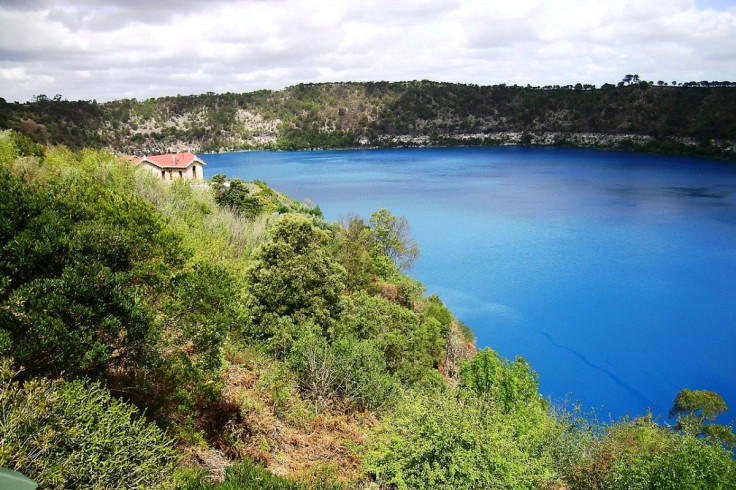Three Previously Unknown Active Volcanoes Discovered in Southeast Australia - And Might Erupt in 10,000 Years

Three previously unrecorded active volcanoes have been discovered in southeast Australia.
The volcanoes were found in Victoria and South Australia in a volcanic region covering 19,000sq/km.
Geologists said the volcanoes were found through analysing satellite photographs, Nasa models of the topography of the area and the distribution of the magnetic minerals in the rocks.
Published in the Australian Journal of Earth Sciences, the volcanoes were found in an area called the Newer Volcanics Province (NVP) where there are over 400 volcanoes.
The area has the youngest volcanoes in Australia, including Mount Schank and Mount Gambier.
The largest of the three newly discovered volcanoes is known as a substantial maar–cone volcanic complex, meaning it is a broad, low relief volcanic crater that was caused by an explosion when groundwater meets hot magma.

This volcano was found 37km east of Hamilton. Lead researcher Julie Boyce said the surprise find suggests more volcanic centres will likely be found in the area.
"Victoria's latest episode of volcanism began about eight million years ago, and has helped to shape the landscape. The volcanic deposits, including basalt, are among the youngest rocks in Victoria but most people know little about them," she said.
"Though it's been more than 5000 years since the last volcanic eruption in Australia, it's important that we understand where, when and how these volcanoes erupted. The province is still active, so there may be future eruptions."
NVP is considered an active area because carbon dioxide is released from the Earth's mantle in a number of areas there. At present, eruption frequency is one every 10,800 years, meaning eruptions may take place in the future.
© Copyright IBTimes 2025. All rights reserved.






















